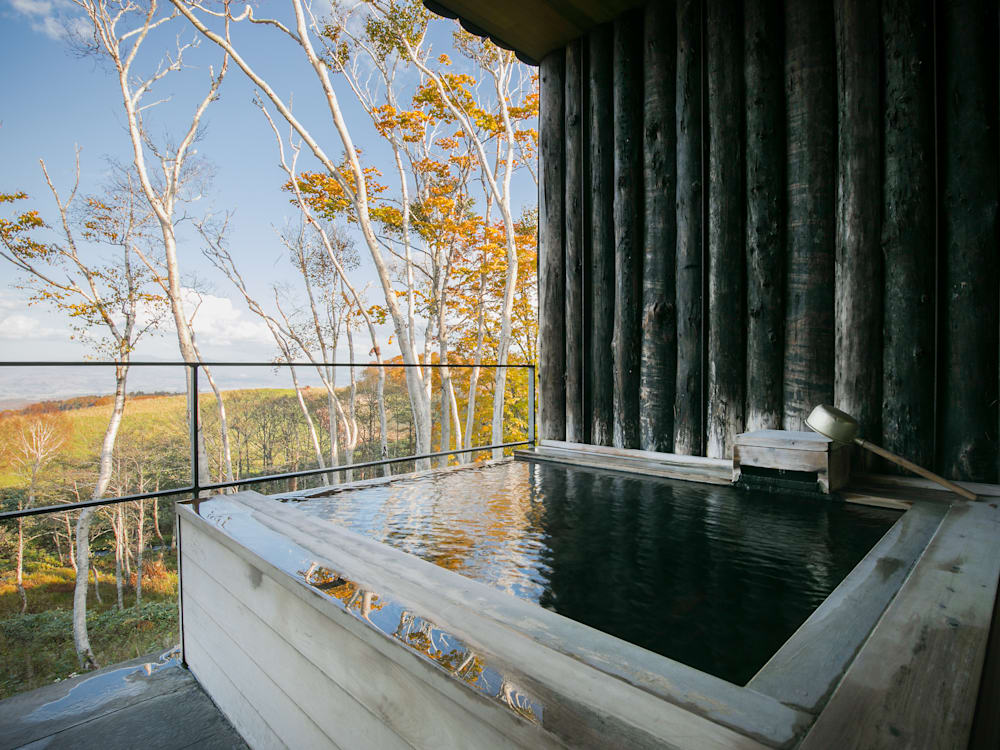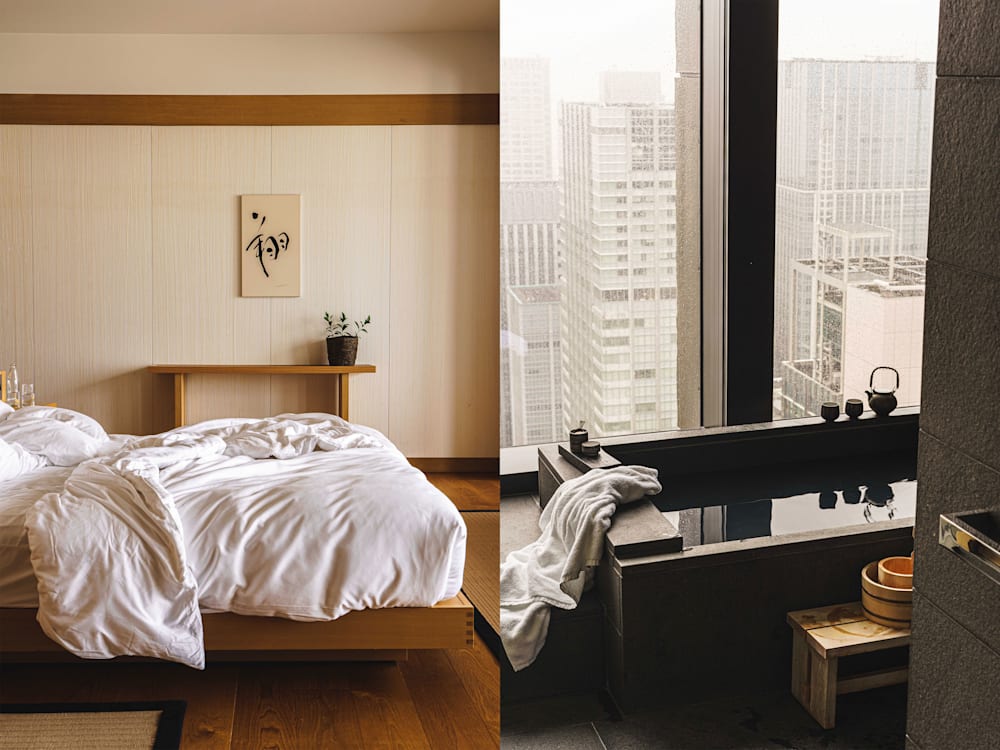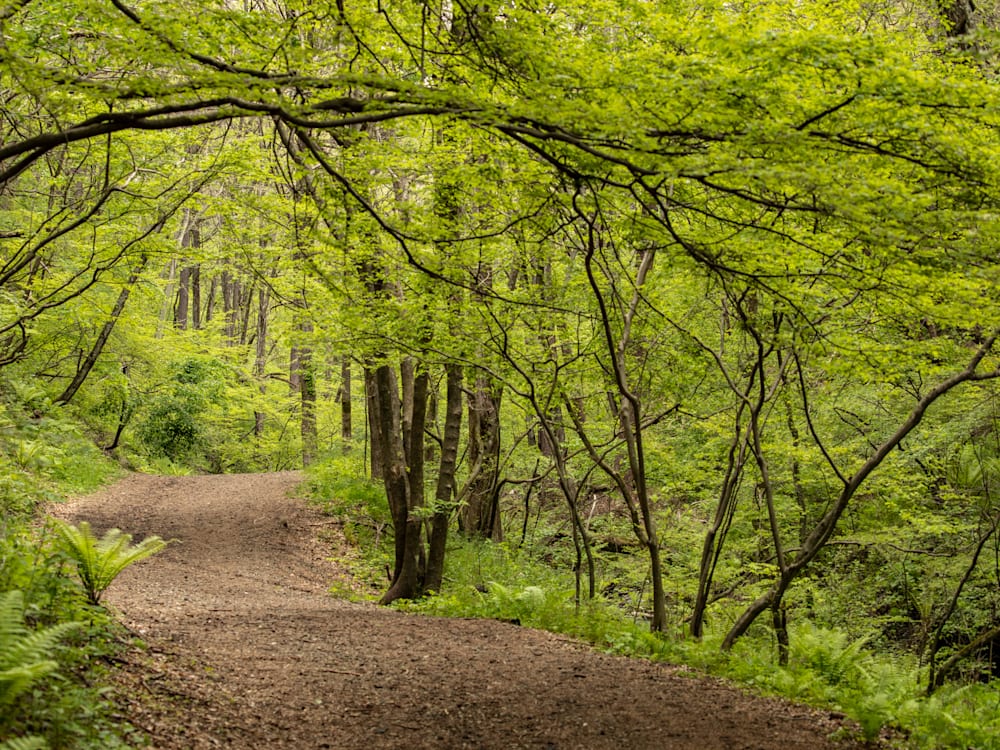On a Saturday evening in Niseko, northern Japan, the most popular place to be isn’t a brand new sake den or karaoke bar — it’s within the tub. Partakers are bobbing round within the steaming out of doors swimming pools like a recent batch of gyoza dumplings, whereas the snow settled within the surrounding gardens resembles mounds of fluffy white rice. This resort city is house to dozens of onsen — Japan’s hot-spring bathhouses — their mineral-rich waters splendid for soaking mountain-wearied muscle tissues. There’s a catch, although: public nudity.

Zaborin
I method the prospect like your typical Brit: wracked with nerves and embarrassment, working via the onsen etiquette I’d revised beforehand. Don’t let hair, towels or jewelry contact the water; no smartphones or tattoos (the latter being related to Japan’s Mafia-like Yakuza). For the chronically shy, the closely inked or {couples} desirous to soak à deux (conventional amenities are gender-divided), non-public onsen present a workaround. At ryokan-style resort Zaborin, for example, every luxurious villa comes with its personal spring-fed indoor and out of doors tubs. However for an genuine immersion on this nation’s wellness tradition, everybody tells me the general public baths are a should. ‘They’re a actual expertise,’ one Japanophile pal enthuses.
A mix of echoey, tiled altering rooms and blushing body-consciousness is giving me flashbacks to highschool fitness center classes as I peel off my winter layers in Yugokorotei Onsen. My first fake pas: taking in a Kindle. As an attendant intercepts with some well mannered but agency miming, I’m compelled to lock the studying materials away. An hour with no distractions from my monkey thoughts? It’s a prospect nearly as daunting as baring my jiggly bits to strangers.
Subsequent, there’s my selection of towel — in distinction to the hand towels everybody else has folded neatly atop their heads whereas they soak, the bathtub sheet I’ve introduced appears to be like ostentatiously massive. I fruitlessly search for someplace to hold it (hooks don’t appear to be a factor), finally abandoning it on a close-by boulder.
It’s all moderately demanding — that’s, till I sink shoulder-deep into the water and the warmth blots every part out. Beneath the blood pounding in my ears, trickling waterfalls and low voices weave into white noise. Overhead, naked cedar branches kind the identical webbed sample as my quickly increasing capillaries (improved circulation’s simply one of many related well being advantages, alongside easing pores and skin circumstances and higher sleep). My ideas unfurl and meander just like the steam that’s rising wraith-like into the evening sky. It’s simple to see why onsen have been sacred locations for each Japan’s indigenous Shinto religion and Buddhism, lengthy earlier than Edo emperors made them trendy hangouts. And earlier than anybody might clarify why the panorama was punctuated with tens of hundreds of those curiously simmering swimming pools — now we all know it’s an upshot of being located on the tectonic Ring of Fireplace.

Aman Tokyo
As a lot as I’d like to take a full toji (a multi-week hot-spring sojourn), the subsequent cease on my Japanese wellness journey is Aman Tokyo. Wait, you could ask: not the neon-lit mega metropolis? The exact same. It won’t sound like someplace to hunt serenity, however step off the raise on the Otemachi Tower’s thirty third ground and also you’ll discover a Zen courtyard backyard — rockery, placid pool of water, the light strumming of a harp-like koto — all beneath a 30-metre-high lantern of translucent washi paper. And that’s simply the foyer. On this monochrome, minimalist temple, visitor loos have deep, sq. ofuro tubs with picket oke buckets and cypress-scented salts. The spa continues the onsen motion with baths clad in volcanic black basalt, with panoramic views and coverings impressed by Shinto purification rituals, in addition to seasonal signature journeys.
The latter, lasting an indulgent two hours, might simply have made me lose all sense of time and place, have been it not for substances firmly anchored in Japanese winter. Pine salt and ginger are swirled into my foot soak, earlier than I’m cocooned in sake kasu (a nutrient-rich by-product of brewing rice wine, which historically takes place through the colder months). Lastly, oil infused with the brilliant citrus scent of yuzu makes for an invigorating therapeutic massage. The remedy’s tweaked seasonally, utilizing cherry blossom, magnolia and inexperienced tea in springtime; and hinoki leaves and hakka (Japanese mint) for a cooling, forest-inspired summertime twist.
It’s an analogous story at Six Senses Kyoto, the place the botanicals featured in its regionally impressed omakase — which roughly interprets to ‘I’ll go away it as much as you’ — spa remedies and Alchemy Bar (the place friends mix their very own physique merchandise) are chosen to replicate Japan’s 24 micro-seasons. ‘Seasonality is extremely vital in Japan’s wellness practices,’ says Six Senses Kyoto’s Director of Wellness, Ayako Fukuda. ‘Your physique reacts in another way throughout the seasons, so it is very important undertake related practices. For instance, spring is the interval when our autonomic nervous system is liable to dropping stability, so it’s vital to take care of good stability via good sleep and train. Whereas in winter, we give attention to preserving heat and immunity.’
One other masterclass in city wellness comes from Janu Tokyo, which is embedded in new biophilic ’hood, the Azabudai Hills growth. Consider this resort, which opened in 2023, as a extra sociable, fashionable little sister of Aman’s common stays. It affords as much as eight communal health lessons a day, and has a boxing ring, spin studio and golf simulator, throughout a whopping 4,000-square-metre, four-floor spa emporium. Plus two ultra-exclusive Spa Homes for individuals who wish to do their chilly plunges, steaming and sauna-sweating with out an viewers. Becoming a member of a morning breathwork class, I watch the Tokyo visitors gliding alongside the streets beneath via the floor-to-ceiling home windows, the suited staff hurrying from subway to workplace, and realise there’s a phrase for what I’m feeling: seijaku, a serene focus or energised calm, even amid chaos.

Rakudo-An
Any Japanese wellness quest also needs to fold within the peaceable paddy discipline setting of Rakudo-An, the place tea ceremonies and sound-healing workshops are order of the day; and a pilgrimage to the minimalist, cedar-clad villas of Shishi-Iwa Home for some shinrin-yoku (forest-bathing). Although the practices could sound disparate, a typical thread begins to emerge as my journey rolls on; these are about timeworn rituals, adopted in a sluggish, thought of method. Even the cautious, neat plating of your meals counts. At breakfast buffets, I discover Japanese friends lining up pickles and sashimi on their plates like artworks, a far cry from the unexpectedly gathered heap on my tray.
‘The Japanese method to wellness is deeply rooted in cultural traditions and practices that emphasise stability, mindfulness and a robust connection to nature,’ Fukuda tells me. ‘This deep stability between thoughts, physique, spirit and neighborhood in some methods contends with the generally extra superficial or fast-paced Western approaches to self-care.’ She factors to extra Japanese phrases that, tellingly, haven’t any direct English translation, resembling wabi-sabi (‘the appreciation of magnificence in imperfection and the transient nature of life’) and ikigai (‘discovering goal and that means in life’).
Within the $651 billion international wellness-tourism business awash with The White Lotus-style, ‘transformative’ retreats, beauty ‘tweakments’, punishing regimes and high-tech well being wearables, this makes a refreshing change. We’re not speaking rocket science, however moderately, radical simplicity. And I’m totally on board — even when it means getting my package off in public.
Go in the hunt for Niseko’s premium powder, or grasp Tokyo in 48 hours



